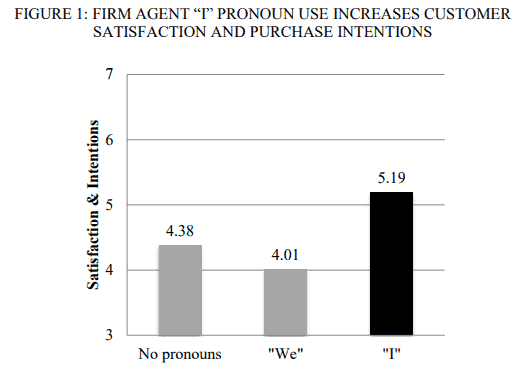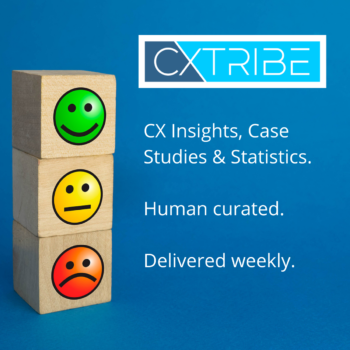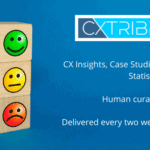CX Tribe is the best Customer Experience insights, case studies and statistics. Human curated. Delivered weekly. Join more than 5,000 other CX Professionals and subscribe.
“The only thing worse than starting something and failing… is not starting something.” — Seth Godin.
This may be heretical in the marketing/CX space but I’m not normally a huge fan of Seth. However, in this instance he has it exactly correct.
[CX Tools]
Organizational Effectiveness and How Six Sigma Can Help [Link]
Six Sigma is a set of techniques and tools best known for helping manufacturing organisations reduce defects in their products. But it also has enormous application in Customer Experience.
If you re-frame the way you think of the customer experience as something your business continually manufactures, Six Sigma, and Lean for that matter, offer directly applicable tools to help improve the CX.
Just like a manufacturing process you collect enormous volumes of data about your CX: transactional surveys, order collection and shipping, call centre statistics, etc.
Six Sigma’s techniques are specifically designed to make sense of all that data and guide you to the most effective interventions to improve your processes.
In my experience, combining transactional CX data collection with Six Sigma tools is one of the most powerful drivers of a better CX.
If you’re not already using Six Sigma or other quality tools in your CX process, don’t try to implement the full Six Sigma tool set at once. It’s an enormous task and you’ll feel like you’re boiling the ocean.
Instead, start with something as simple as 5 Why Analysis and build out from there.
Hot tip: search out Six Sigma skilled people from other parts of your organisation and ask them to assist.
[Practical Research]
(I’m) Happy to Help (You) – The impact of Personal Pronouns use in Customer-Firm Interactions [Link]
A very targeted piece of research that asks, and answers, the question:
Which should you, and your agents, use in customer communications: “I” or “we”?
I won’t go into the details of the research background here. In summary, there is ample evidence that seemingly small changes in language can have a pronounced impact on how communication is perceived by the receiver, i.e. customer.
Mostly, organisations have their staff use “we” rather than “I” but is this best?
No, it is not.
The research found that using “I” rather than “we” in customer communications increased both customer satisfaction and purchase intention by a statistically significant amount.
Importantly, the results were robust and held across interaction types, e,g. complaints and inquiries, and modes, email vs in-person.
Maybe it’s time to update your call and email guides.

HT: Ivaylo Yorgov
[Service Recovery]
Which Is Worse When Dealing with a Customer: A Big Failure or a Small One? [Link]
Sam Klaidman looks into the impact of a single large failure vs a series of small ones on customer loyalty and service recovery.
[Change Management]
8 Common Digital Transformation Mistakes to Avoid at All Costs [Link]
Digital transformation will be a part of many CX initiatives and so getting it right is important.
This piece by Vivek Goel outlines the common mistakes organisations, and individuals, make in the process.
He’s pretty much right on the money.
Generally, the first, “Thinking digital is the destination” is the one I see causing the most long term issues for organisations.

